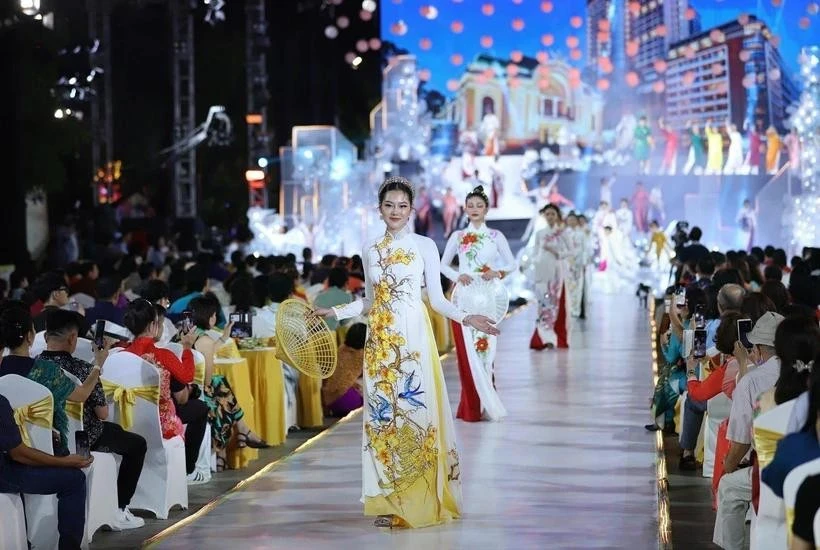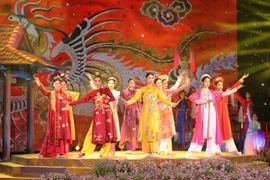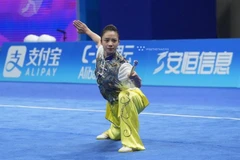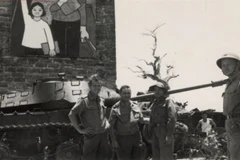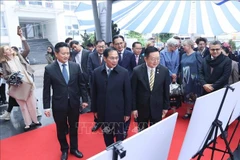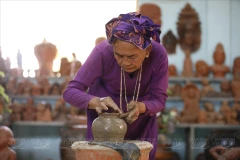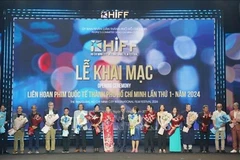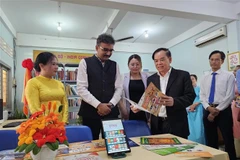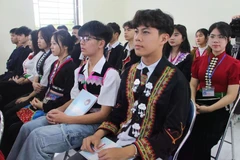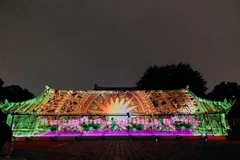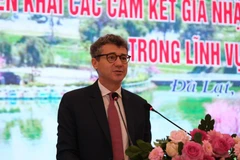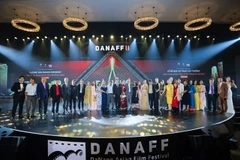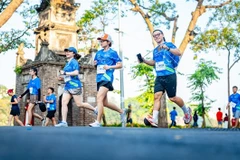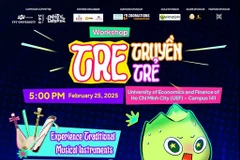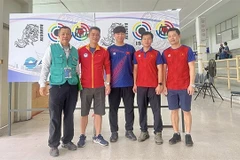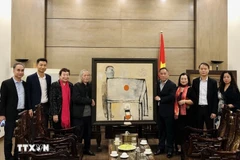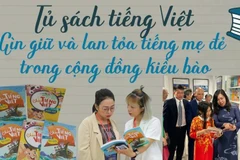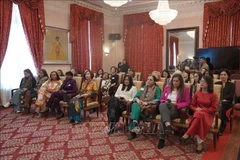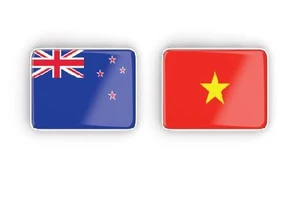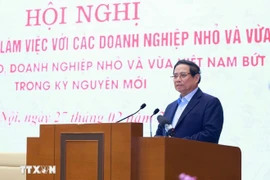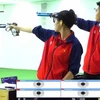HCM City (VNA) – More than 53,000 people are expected to take part in a mass folk dance performance at the 11th Ho Chi Minh City Ao Dai (traditional Vietnamese dress) Festival, set to take place from March 1-9, organisers announced at a press conference on February 27.
This year's festival, themed “Ao dai Vietnam – Vuon cao Viet Nam (Vietnamese ao dai – reaching new heights)," will feature a series of diverse activities at prominent city landmarks, including President Ho Chi Minh park, Nguyen Hue walking street, Lam Son park in front of the municipal Opera House, as well as various historical and cultural sites, tourist attractions, and iconic structures.
Over 30 celebrities from various fields will serve as festival ambassadors, while 53 ao dai designers from across Vietnam will showcase their creations.
According to Nguyen Cam Tu, Director of the HCM City Tourism Promotion Centre, the mass folk dance will be the highlight of the festival, with around 3,000 participants performing live at Nguyen Hue walking street and over 50,000 people joining from 21 districts and Thu Duc city.
Other key activities include an ao dai-themed art performance, a contest for painting on ao dai, an online ao dai photo competition, exhibitions and interactive spaces dedicated to the traditional long dress, and a programme donating the attire for women’s union members and female workers.
The southern metropolis considers event-based tourism one of the seven pillars of its tourism development strategy. This year, it aims to attract 8.5 million international visitors and 45 million domestic tourists, with projected tourism revenue reaching 260 trillion VND (10.18 billion USD), or approximately 13% of the city's GRDP./.
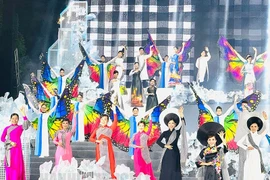
HCM City’s Ao Dai festival returns in March
On March 8, thousands of participants dressed in Ao Dai will join a large-scale dance performance on the pedestrian street.
